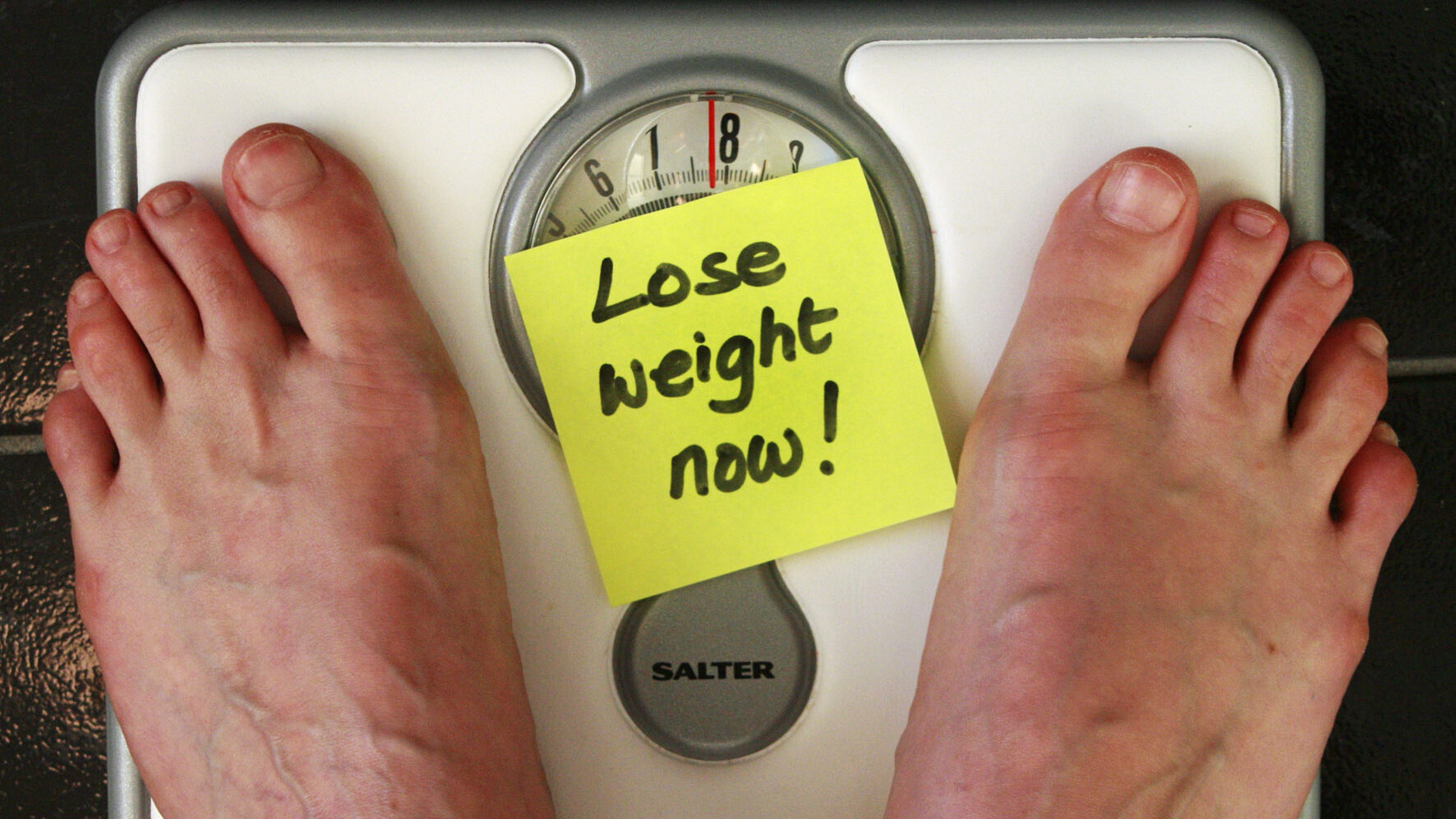
Setting goals is an important part of any weight loss and fitness journey. However, it’s important to set goals that are both positive and realistic. Unrealistic goals can set you up for disappointment, while positive goals can help you stay motivated and on track. Here’s a step-by-step guide for setting realistic and positive weight loss and fitness goals:
Step 1: Define your “why”
Before setting any goals, it’s important to understand your reasons for wanting to lose weight and get fit. Your “why” should be something that is meaningful and motivating to you. For example, if you want to lose weight to improve your health and reduce your risk of chronic diseases, make sure that this is at the forefront of your mind.
SMART goals are Specific, Measurable, Achievable, Relevant and Time-bound. This means that your goals should be specific, measurable, achievable, relevant and have a deadline. Instead of setting a goal to “lose weight”, set a specific goal like “lose 10 pounds in 3 months”
Step 3: Make a plan
Once you have set your goals, it’s important to make a plan for how you’re going to achieve them. This might include things like creating a meal plan, scheduling exercise sessions, or finding a workout buddy. Be as specific as possible and include small, actionable steps that you can take to reach your goals.
Step 4: Track your progress
Tracking your progress is important for staying motivated and on track. Keep a journal or use an app to track your weight, measurements, and any other relevant details. Also, keep track of your exercise and nutrition. This will help you to see how far you’ve come and stay motivated.
Step 5: Be flexible
Life happens and plans change. Be flexible and adapt your plan as needed. If you hit a setback, don’t give up. Reflect on what went wrong and find ways to move forward.
Step 6: Celebrate successes
It’s important to celebrate your successes, no matter how small they may be. Recognize your achievements and reward yourself in a way that feels good to you.
Step 7: Reflect and adjust
Regularly review your progress and use the information you’ve gathered to make adjustments to your plan. Reflect on what worked and what didn’t work and make necessary changes.
In conclusion, setting realistic and positive weight loss and fitness goals is an important part of any weight loss and fitness journey. By following the steps outlined above, you can ensure that your goals are specific, measurable, achievable, relevant and have a deadline. Additionally, it’s important to make a plan, track your progress, be flexible, celebrate your successes, and reflect and adjust as needed. Remember to keep your “why” in mind, and stay focused on your goals. Also, don’t be afraid to seek help from a professional if needed, a coach, a nutritionist or a therapist can help you to stay on track and reach your goals. With a positive attitude, a solid plan, and a commitment to your goals, you can achieve anything.